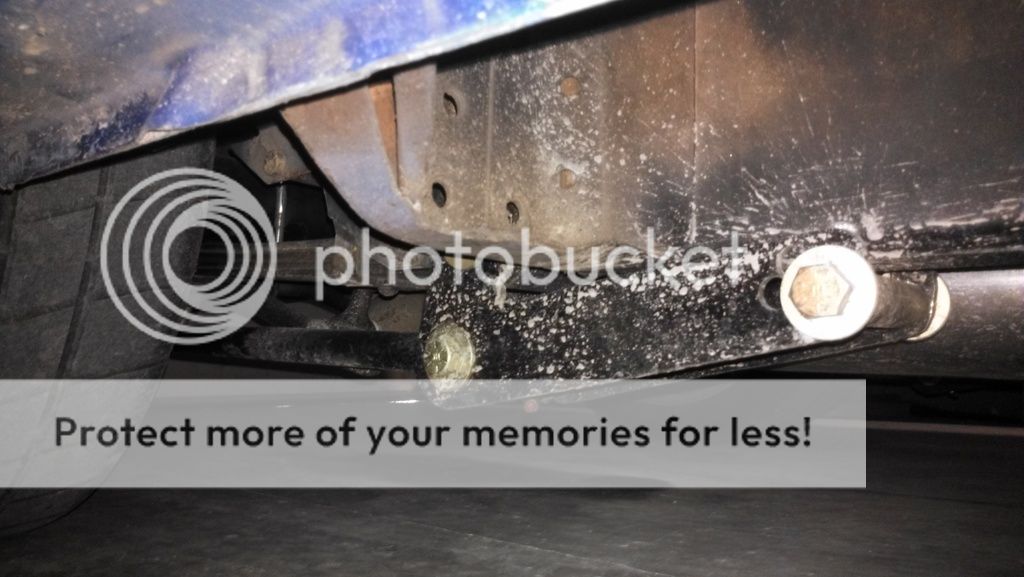The ideal is to have the front and rear crosses at some non-zero angle relative to the driveshaft(for jdsduster;that puts them relative to eachother),but in opposite directions. This would cancel out the vibration. However, since the rear joint is captive to the rear suspension which is constantly moving and changing, a compensating factor needs to be included for worst case situations. Worst case situations are when load is applied from the engine and during braking. Another compensation factor is needed for the springs. If they are soft, they will wrap up under power and yank the cross way up. If they are stiff, less yank will be experienced.Another compensation factor would be for use. A drag car might/will require a different factor than a cruiser.
-So then the rear compensation factor could be from zero to several degrees. That is to say; If the front angle is 2*, then the rear would be 2*(in the opposite direction) plus the compensation factor, which could be from zero to about 5*; always in the opposite direction, from the front.See, at the front, the shaft usually, almost always, travels downwards from the tranny. Therefor when it gets to the back, the driveshaft needs to travel back up to the diff yoke. When viewed or compared to the diff, this is called nose-down cuz the pinion is down compared to the shaft.Now with your extremely lowered convertible,and the big Dana back there, I have no way of knowing in which direction your d-shaft is traveling as it leaves the tranny. It may even be traveling up! If thats the case, you are in trouble. This cannot be compensated for, and major changes are in your future.
Guys have already mentioned some nose-down numbers, which are valid.With soft springs, 7* down is typical.
I would add that the best number for you,might be illusive. This is mostly cuz of the soft springs.
If you change springs, you will likely be able to tighten up the compensating factor.
Also, like mentioned, an anti-wrap device might cure your problem, especially if combined with stiffer shocks.But then, stiffer shocks kinda kills the cruiser aspect.Unless the car is full of passengers, in which case stiffer springs is a better option. So you can see that your situation is somewhat unique, and some compromising may be necessary.
All the best to you.


















